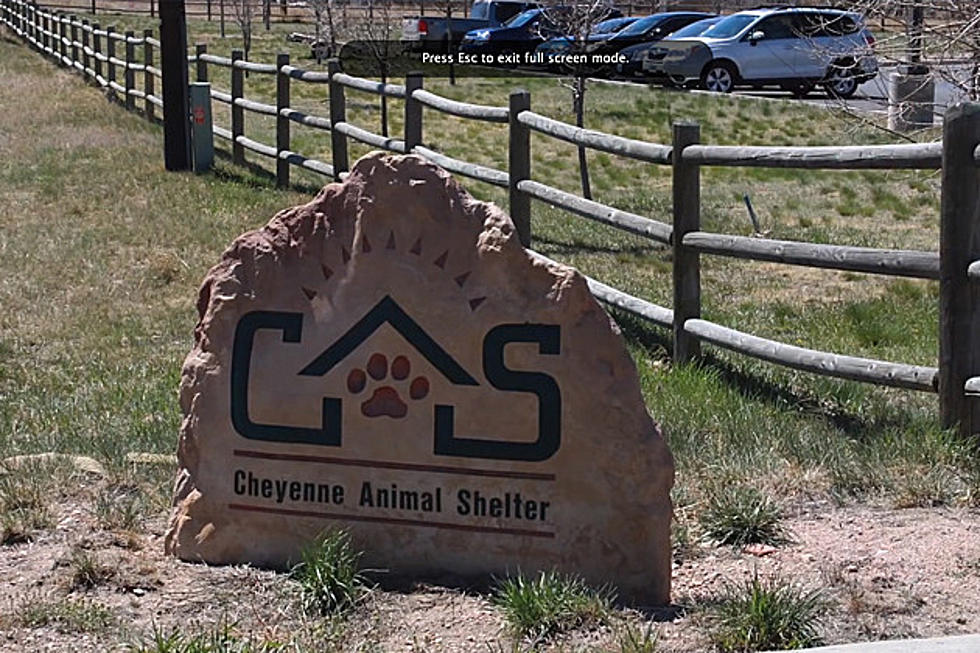
Wyoming Healthcare Premiums Up
CASPER, Wyo. (AP) — A national study says some Wyoming residents under federal health exchange plans are seeing their premiums increase by more than 70 percent compared to last year.
The report from the Urban Institute looked at the cheapest silver plans for 40-year-old nonsmoking Americans.
The Casper Star-Tribune reports that in 2017 premiums for that plan cost $494 a month in Wyoming. In 2018, they had jumped to $860, an increase of 74 percent.
The second-lowest priced marketplace silver plan in Wyoming jumped by nearly 72 percent. It now costs $861 a month, compared to its previous price tag of $502.
The report says both Wyoming plans are the most expensive in their category in the United States.
The health exchanges were created by the Affordable Care Act enacted during the Obama administration.
Blue Cross Blue Shield, the sole provider on Wyoming’s health exchanges, announced in August that it would be increasing some of its premiums here by nearly 50 percent. A spokeswoman for the company said the jump could be blamed on uncertainty in Washington, D.C.
Some of that uncertainty has become more crystallized. Indeed, the study said the significant size of the nationwide increases — averaging 32 percent or $444 — can be attributed at least in part to recent movements in Washington, D.C.
For one, President Donald Trump announced in the fall that his administration would no longer reimburse insurance companies for the cost-sharing reductions that they must provide to low-income consumers. To absorb that loss of funding, some insurers — including Blue Cross Blue Shield of Wyoming — decided to hike up their silver plan premiums.
On top of that, Wyoming has only Blue Cross Blue Shield on its health care exchange. Theoretically, the insurer wouldn’t have an incentive to keep premiums low to fend off competitors, Wengle said.
There’s still significant uncertainty. For one, insurance companies are preparing for fewer enrollees. The study notes that the Trump administration took several steps to seemingly undercut open enrollment: Funding for advertising was essentially eliminated, the open enrollment window was shortened, and money set aside to help people enroll was slashed.
“Insurers feared that these changes would reduce enrollment, leave a less healthy risk pool, increase average claims costs per enrollee, and provide insurers strong incentives to increase premiums at all coverage levels,” the study’s authors wrote.
Then there’s the individual mandate. Trump’s tax overhaul will end the provision, which required Americans buy insurance if they didn’t already have it or pay a fine, after this year. Without the mandate, there’s concern that the young and healthy will drop their health insurance.
But the elderly and chronically ill — both of whom frequently use health services and thus are more expensive for insurance companies — will still need insurance. Without healthy people to offset the sick, insurance companies will almost certainly drive up prices to cover their bottom line.
More From KGAB









